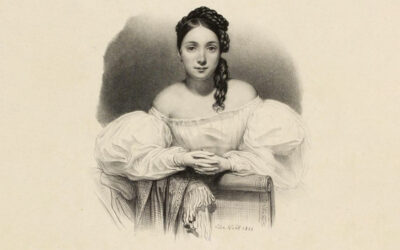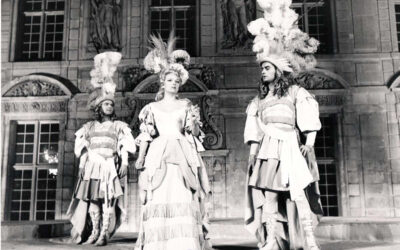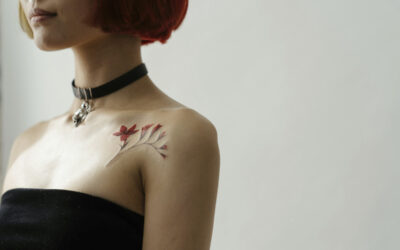Remains of the Bastille prison, square Henri-Galli, © Axel G.
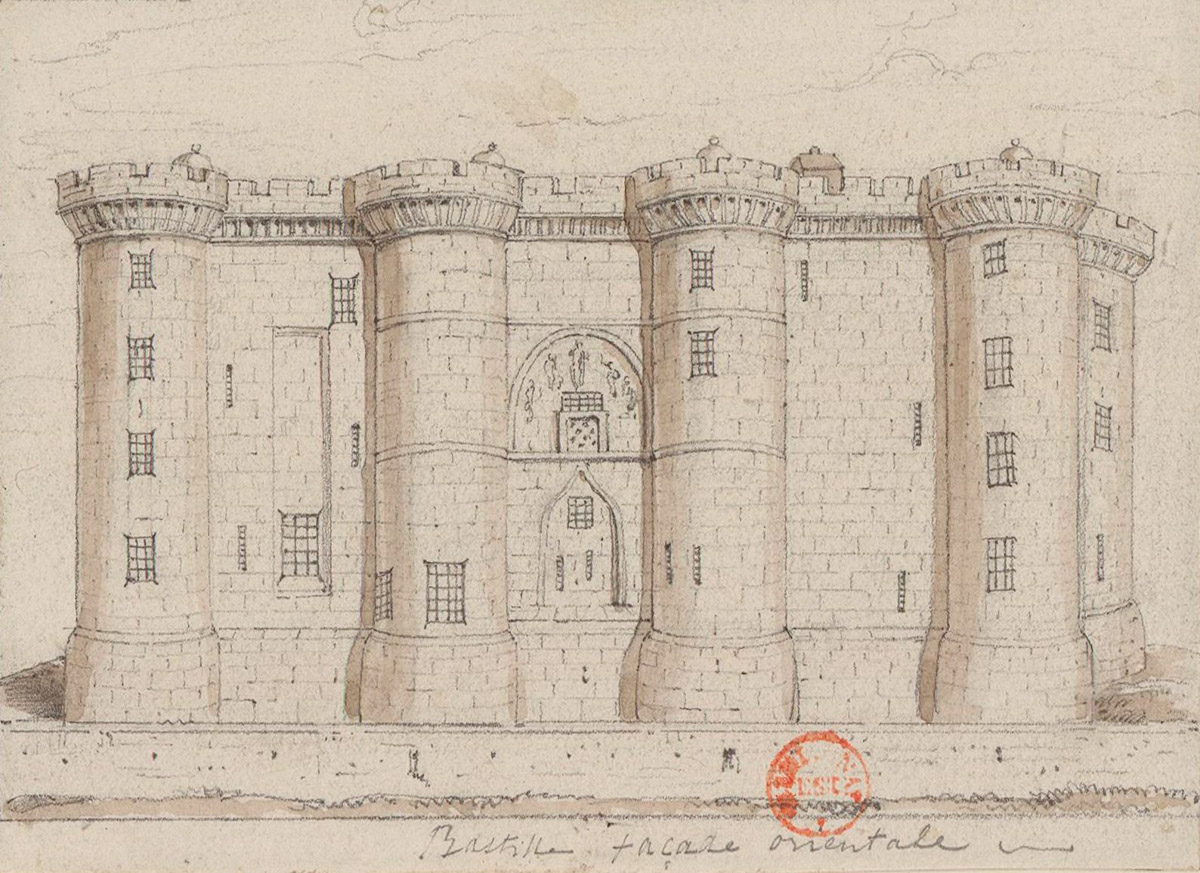
Bastille. Eastern facade, drawing from 1790 or 1791. Drawing in graphite and brown ink wash; 7,5 x 10,2 cm.
Many Parisians are unaware of this: it is still possible to visit, in Paris, the Bastille prison – or rather: what remains of it – but… not at the Bastille. Remains of the foundations of the penitentiary were in fact found in 1899 during the construction of line 1 of the metro and moved 600 meters away, very close to the Seine, in the Marais, at the start of Boulevard Henri-IV, in Square Henri-Galli, away from the tourist circuits.
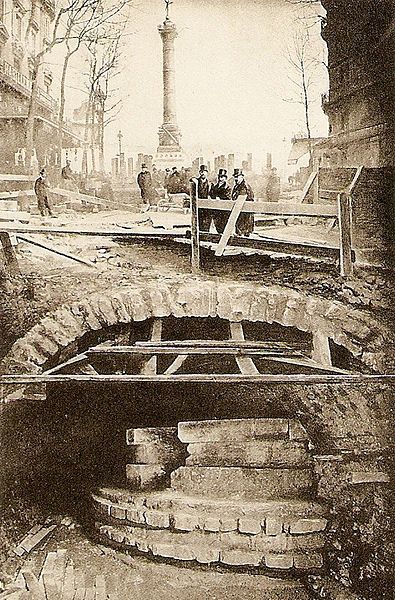
remains of the Bastille, during the drilling of the
metro line 1 in 1899
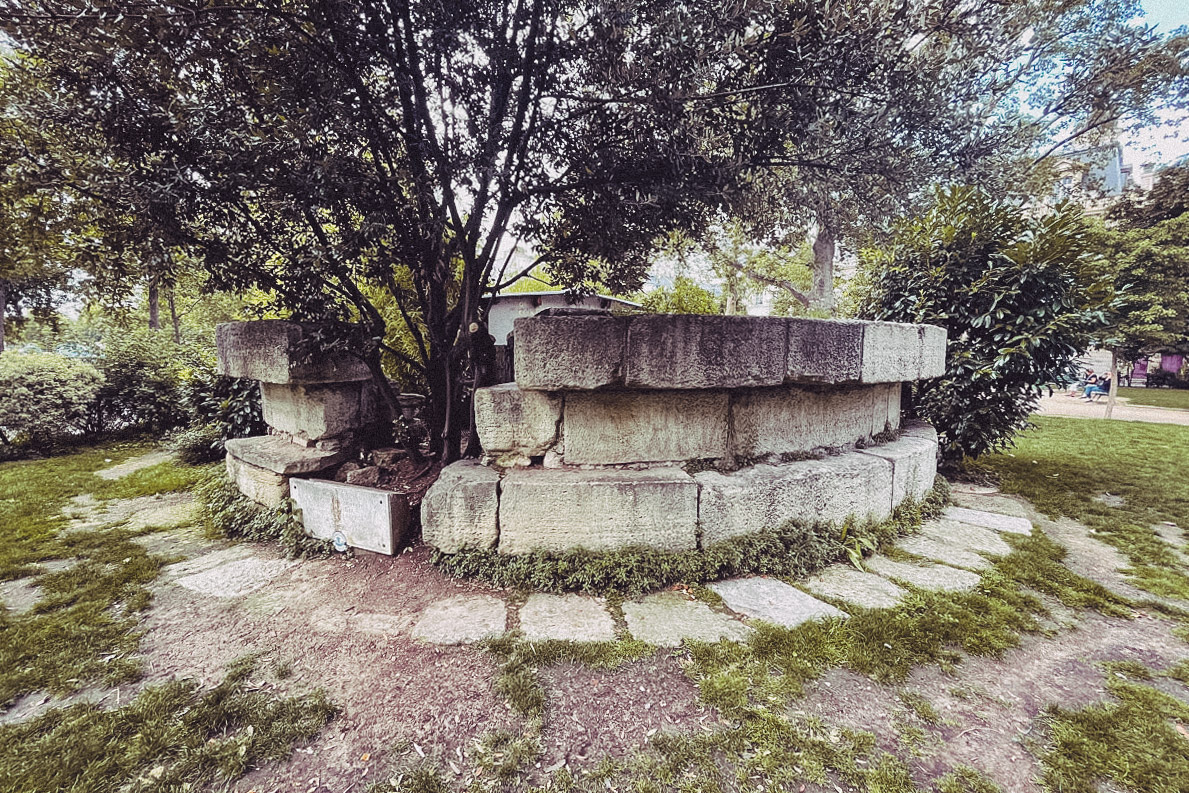
Remains of the Bastille prison, square Henri-Galli, © Axel G.
Two other, smaller remains are visible on the Bastille metro platforms, on lines 1 and 5.
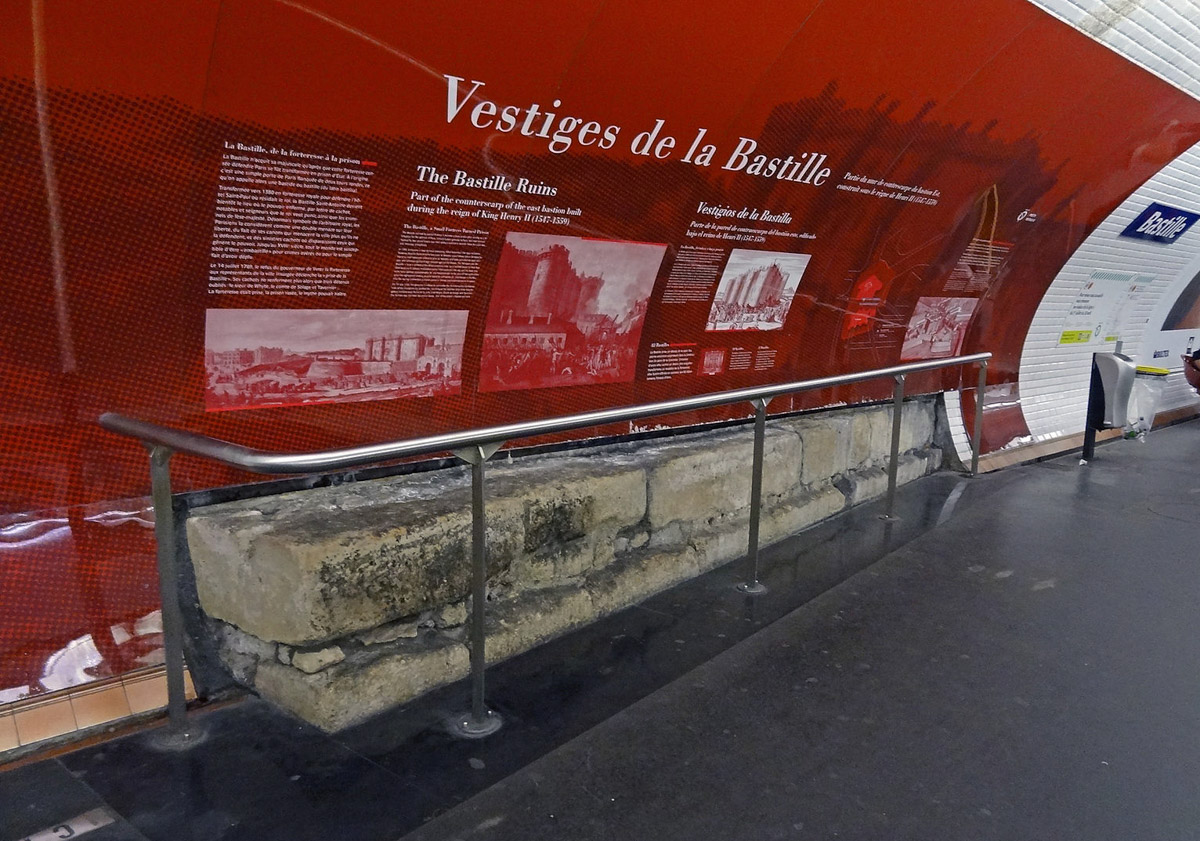
This is all that remains of the prison, the destruction of which, promptly carried out, began on July 14, 1789. These are only a few stones... but it is already a lot, because it is the only tangible thing that allows to represent the missing building (it was erected from 1370 under Charles V).
It is also true that a discreet marking on the ground indicates, on the Place de la Bastille, the location of the prison foundations.
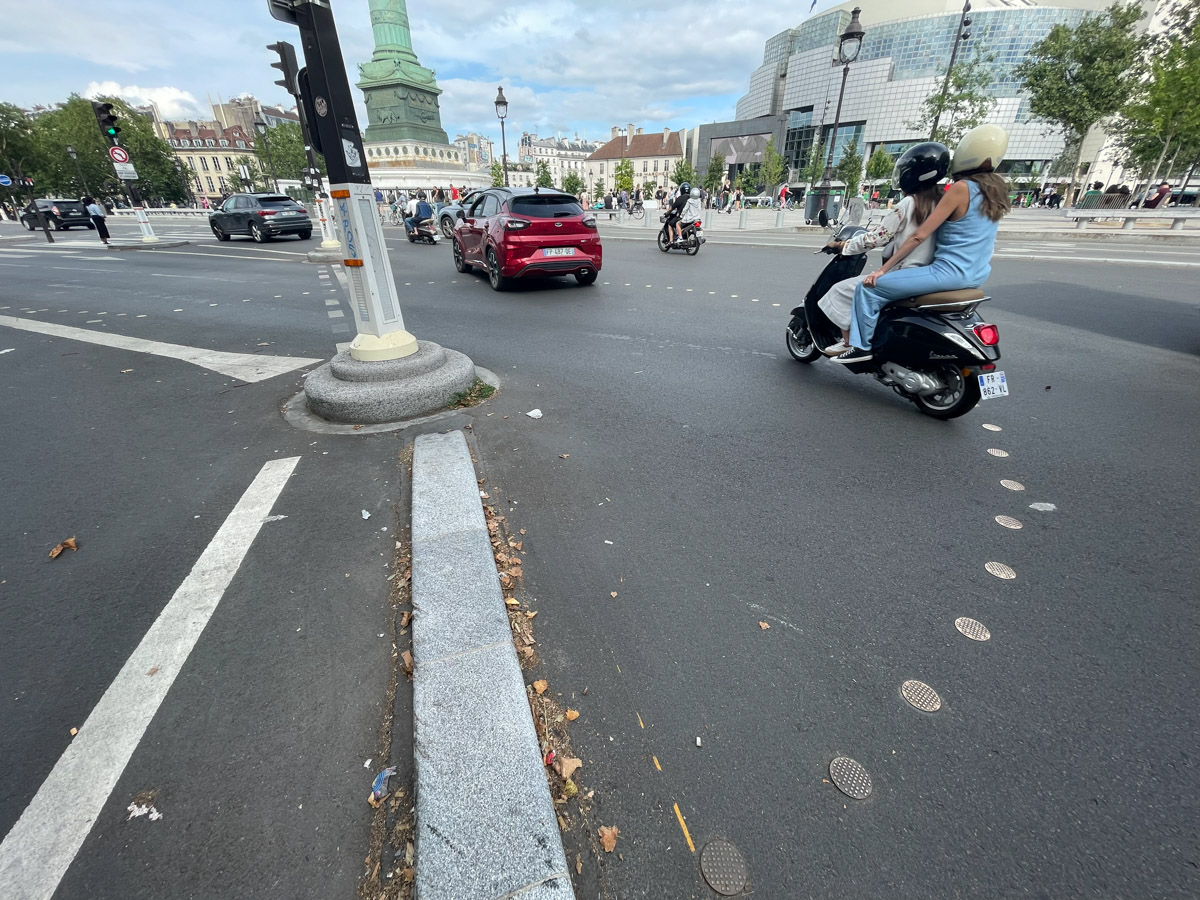
Place de la Bastille, markings on the ground indicate the location of the prison, © Axel G.
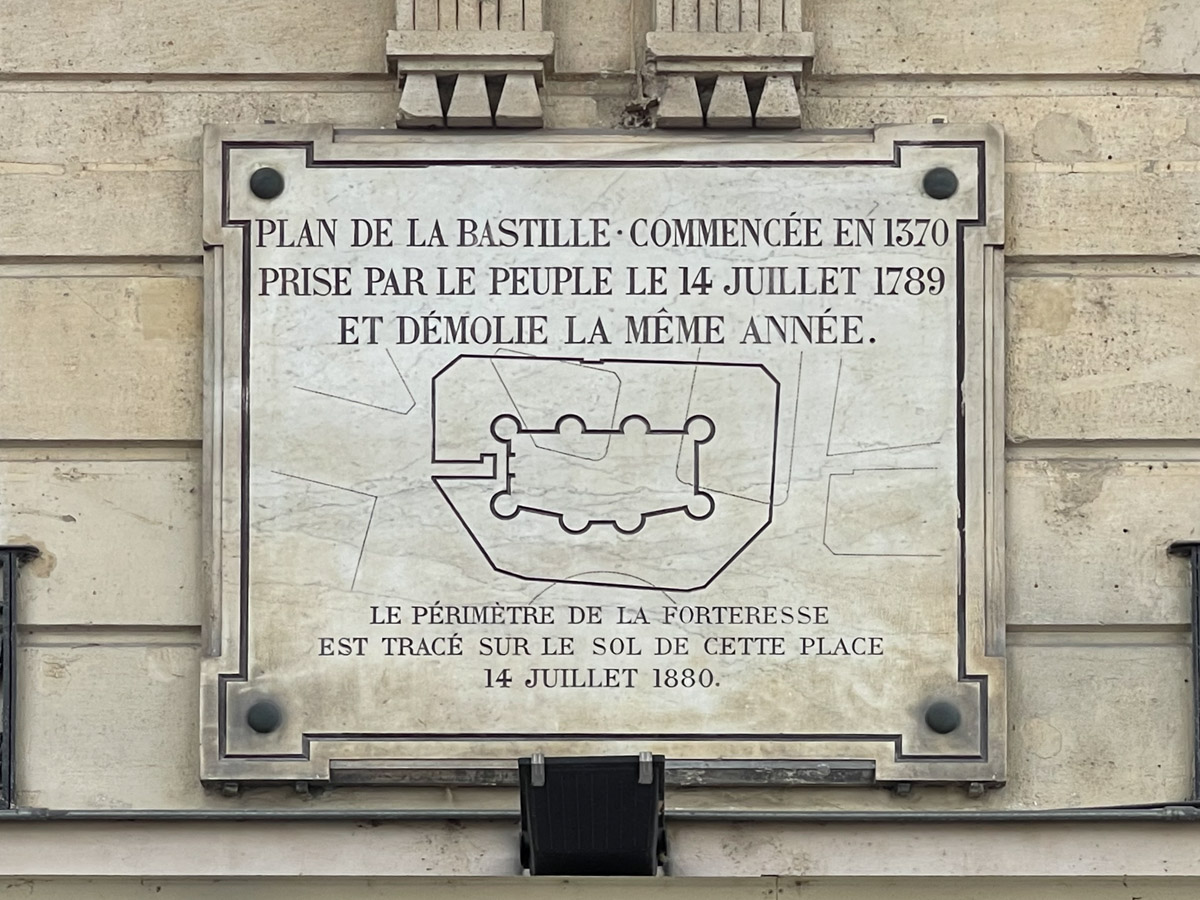
Plaque showing the limits of the old prison on the current Place de la Bastille, © Axel G.
By adding a little imagination, it is therefore possible to mentally visualize what the building represented for its contemporaries: an imposing, frightening mass which obstructed the end of rue Saint-Antoine, and which was visible from afar, for example from the current Saint-Paul metro station.
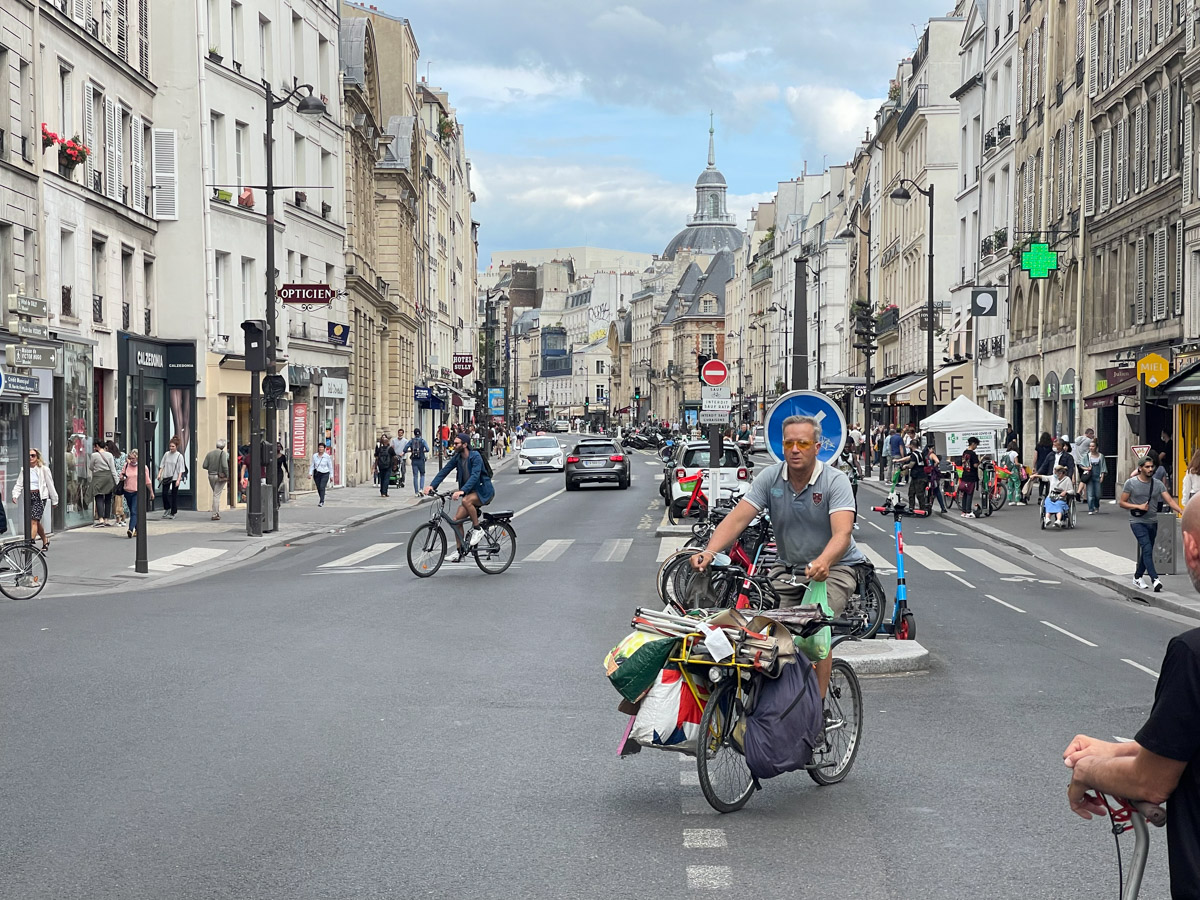
We could see the prison from afar. Here, the perspective from the Saint-Paul metro station, © Axel G.
In fact, on a daily basis, one could not escape the frightening silhouette of Bastille: it was there, constantly within sight, to remind the populace that the dungeons were not far away if anyone came to see them. crazy idea of getting off the straight and narrow.
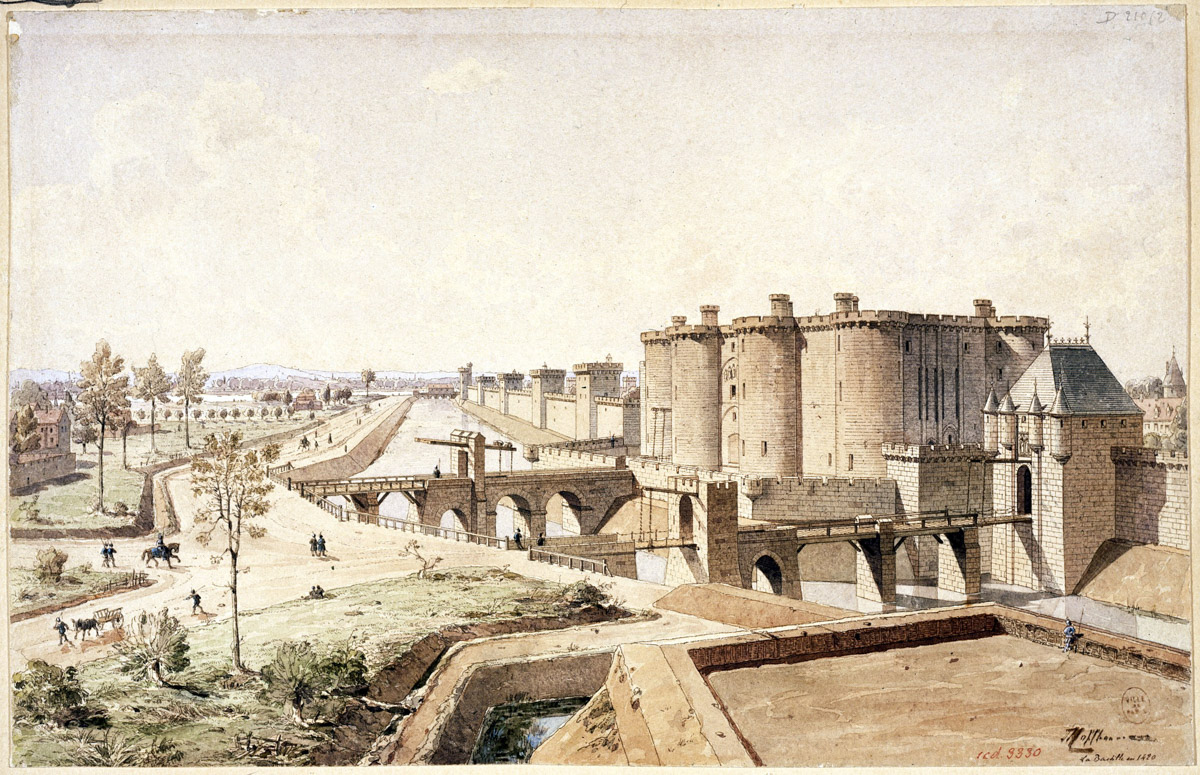
Reconstruction of the medieval Bastille by Theodor Josef Hubert Hoffbauer.
To complete this mental journey through time and Paris, we obviously recommend the brief and essential July 14 (Actes Sud), historical novel published in 2016 by Éric Vuillard – who won the Goncourt Prize the following year with L'Ordre du jour.
Great story, July 14 tells for the first time, from a human level, the facts as they took place from the point of view of the inhabitants of the neighborhood and the participants in the storming of the Bastille.
“July 14 is the moment when we saw for the first time a people enter the stage of history,” explained the author when the book was released.
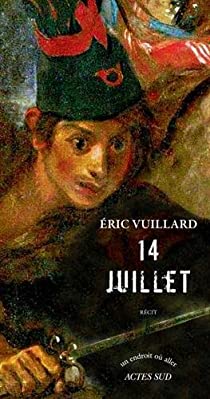
Text: Axel G.
12.07.21
FOR PASSIONATES OFUS
Juliette Drouet actress, muse and mistress of Victor Hugo
At 14 rue Sainte-Anastase, from 1836 to 45 and at 12 from 1845 to 48, a few hundred meters from Place des Vosges, lived the muse and lover of Victor Hugo, Juliette Drouet née Julienne Gauvain.
Rue Vieille-du-Temple: the fabulous construction site restarts
A luxury hotel will be created at the end of the work. On the ground floor, the old stables and carriage houses will house the restaurant on the large courtyard, while the first courtyard, on rue Vieille-du-Temple, will feature two businesses continuing its 19th century layout.
The Marais festival, a fabulous story
The Festival du Marais dates back to a time that those under 60 cannot know. However, this leading artistic event was for a long time one of the most popular cultural events in the capital. For a quarter of a century, from 1962 to 1987, this unique festival…
NOW ON THE MOOD MARSH
The best tattoo parlors in Marais
Tattooing, an age-old practice, has long been the prerogative of convicts, dock workers, the underworld and sailors. Although it has become democratized, now affecting all profiles and concerning one in five French people, including 16% women compared to 10% men, it still remains taboo due to its definitive and transgressive nature.
Juliette Drouet actress, muse and mistress of Victor Hugo
At 14 rue Sainte-Anastase, from 1836 to 45 and at 12 from 1845 to 48, a few hundred meters from Place des Vosges, lived the muse and lover of Victor Hugo, Juliette Drouet née Julienne Gauvain.
Piccola Mia, the pizzas of the Republic
On the Place de la République, a brasserie with Italian accents has just opened, which quickly made people forget the old Pizza Pino. Welcome to Piccola Mia, the fruit of the joyful encounter between Italian chef Denny Imbroisi, pizza chef Julien Serri and mixologist Matthias Giroud who creates a creative cocktail menu.


